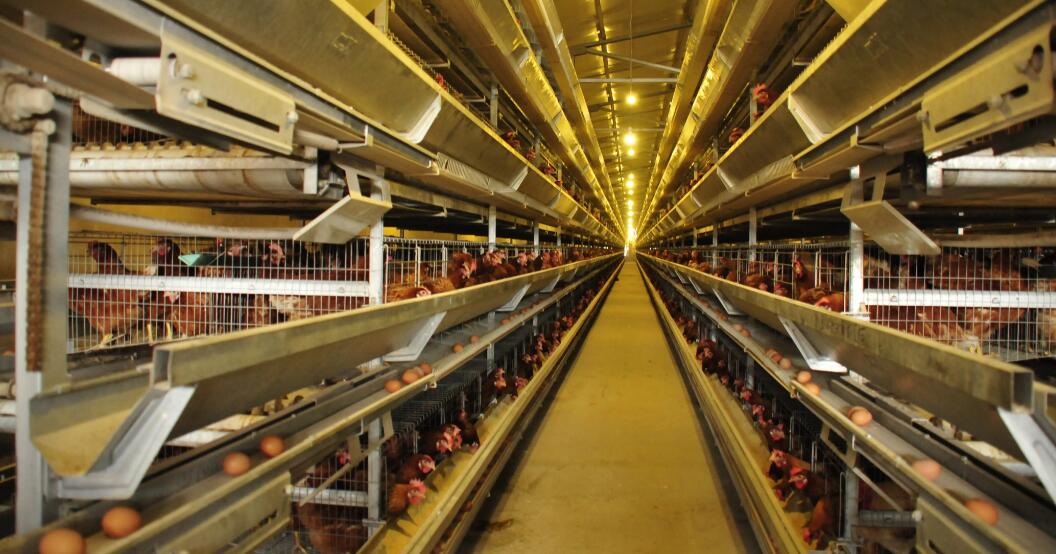KONG Dewen, WANG Weimin, TIAN Huibin, ZHANG Deyin, ZHAO Liming, YANG Xiaobin, MA Zongwu, LI Chenghai, ZHANG Jian, PU Mengru, CAO Peiliang, LI Linting, LI Hongjian, JIA Guoxing, GAO Fei, WU Wanen, WANG Lizhong, FENG Lianjun, XIAO Ziyue, ZHANG Qi, YAN Chengqi, GAO Lei, ZHANG Xiaoxue
Fat storage inducing transmembrane protein 2 (FITM2) plays an important role in regulating lipid storage and skeletal muscle energy metabolism.To scan the polymorphisms of the FITM2 gene in sheep and investigate its relationship with growth traits in Hu sheep,the experiment selected 1 128 healthy and disease-free,genetically well-documented Hu sheep as the experimental group,and used the FITM2 gene in sheep as the research object.First,the expression differences of the FITM2 gene in different tissues were analyzed using qPCR technology.Then,the genetic polymorphisms of the FITM2 gene in sheep were detected using PCR amplification,Sanger sequencing,and AQP (allele-specific quantitative PCR-based genotyping assay).Finally,the association between the genetic polymorphisms and growth traits was analyzed.The research results showed that the FITM2 gene was expressed in different tissues of Hu sheep,with the highest expression level in the tail fat and significantly higher than that in other tissues.The gene polymorphism detection results showed that there was a C>T mutation at position 72704027 in the first intron of the FITM2 gene.The results of correlation analysis showed that the 100,120 d body weight,140,160 d body height,80,120,140,160 d body length,and 100 d chest circumference of CC genotype individuals were significantly higher than those of TT genotype individuals.In summary,the FITM2 gene g.72704027 C>T mutation site in sheep can be used as a candidate molecular marker related to growth traits in Hu sheep,providing a theoretical basis for the genetic breeding work of Hu sheep.
